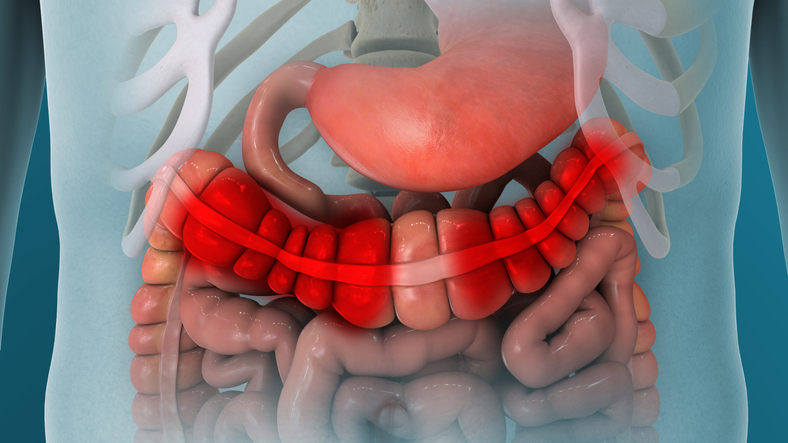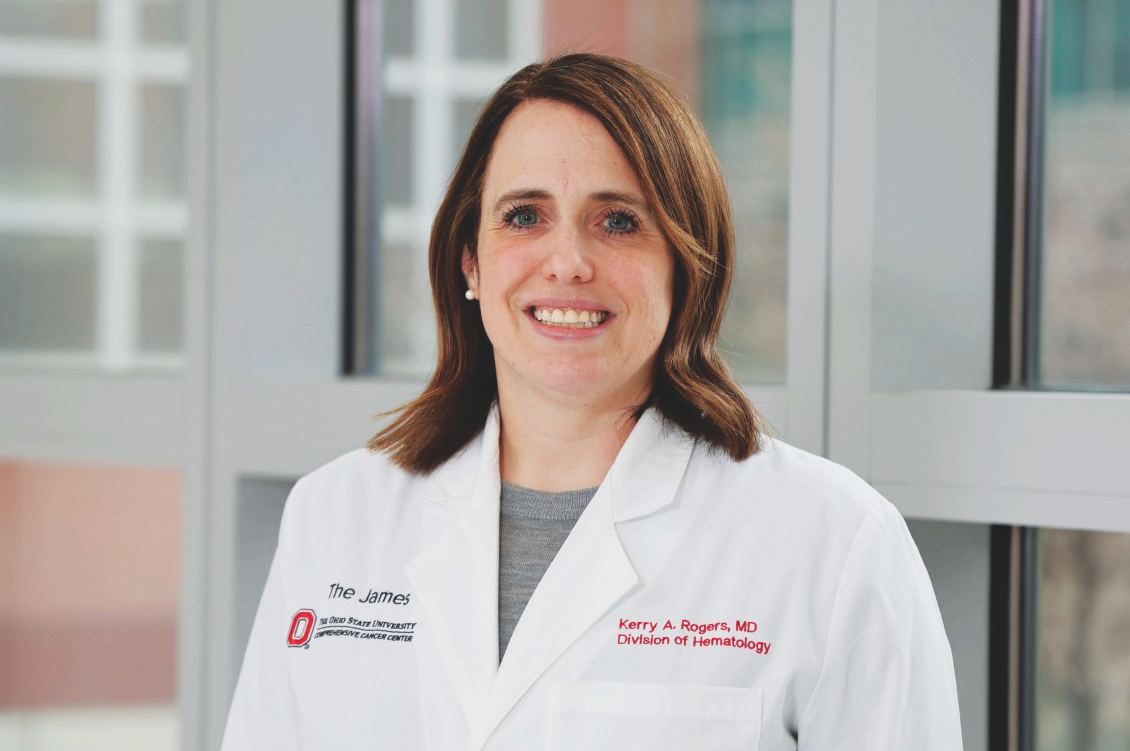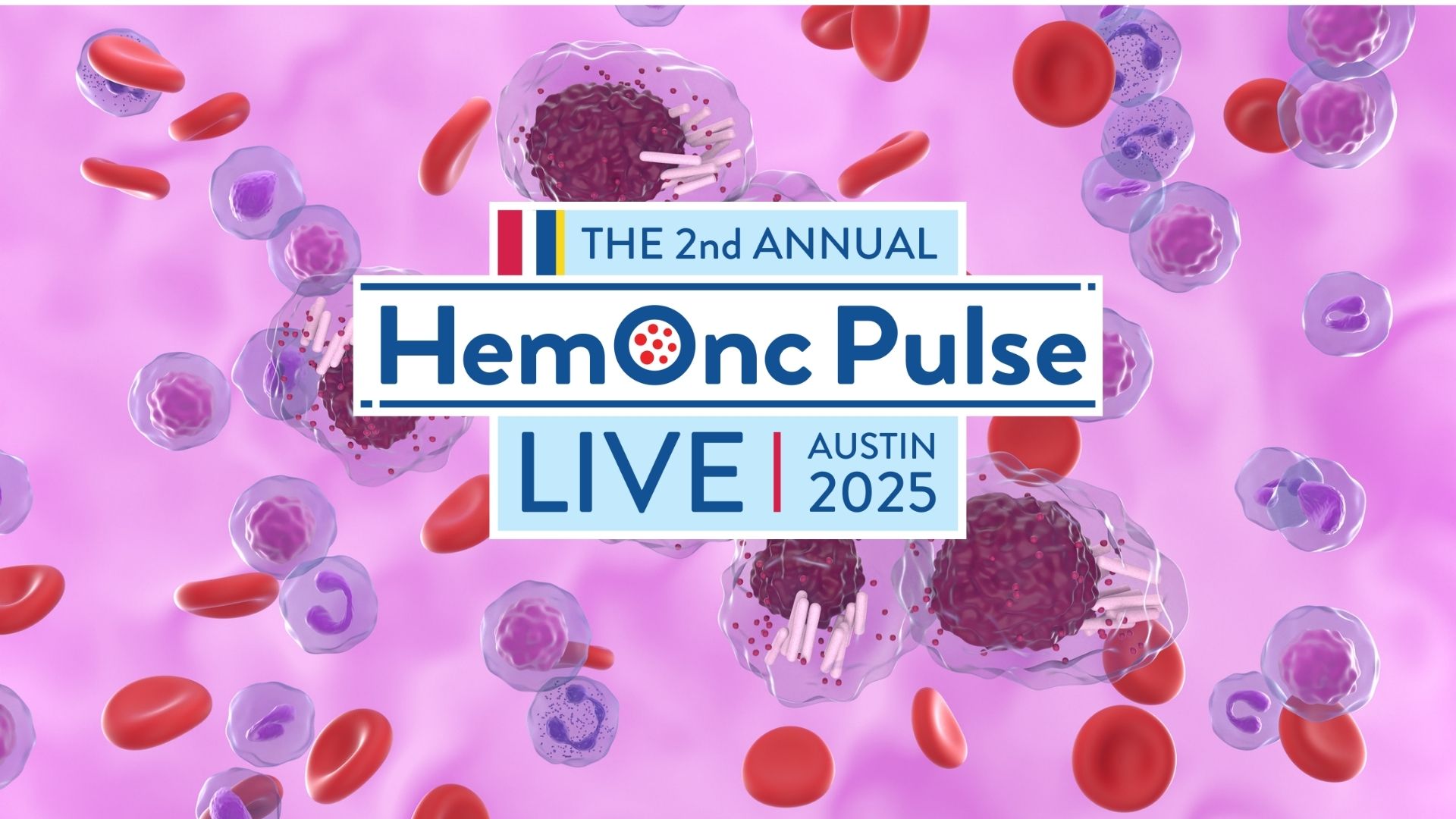What Is the Best Strategy for Frontline Venetoclax Plus Obinutuzumab in CLL?
By Othman Al-Sawaf, MD, Nicole Lamanna, MD - Last Updated: September 24, 2023Othman Al-Sawaf, MD, a hematologist and oncologist at the University of Cologne in Germany, and Nicole Lamanna, MD, a Professor of Medicine at the Columbia University Medical Center, debate whether frontline venetoclax plus obinutuzumab should be limited to 12 cycles or extended to a longer duration for patients with chronic lymphocytic leukemia (CLL).
Fixed-Duration Combination Shows ‘Sustained Efficacy’ in CLL
By Dr. Al-Sawaf
To set the scene, in the phase III CLL14 trial, we explored the combination of venetoclax plus obinutuzumab in patients with previously untreated CLL. The study focused on patients with elderly onset CLL. They received 12 cycles of treatment, and all patients stopped therapy regardless of the response. It was a novel approach because we did not use chemotherapy. We started with the B-cell lymphoma 2 (BCL2) inhibitor venetoclax, which patients received for all 12 cycles. We also gave six cycles of obinutuzumab, a potent type two CD20-directed monoclonal antibody that was previously shown to be more active than rituximab in CLL.
We compared this time-limited combination with 12 cycles of chlorambucil plus obinutuzumab. At the time, that combination was—at least in Europe—the standard of care for patients with elderly onset CLL. The study met its primary endpoint, which was showing superior progression-free survival (PFS) with venetoclax plus obinutuzumab compared with chlorambucil plus obinutuzumab.
In the latest follow-ups, we saw a sustained efficacy with this approach, as many patients are still in remission after finishing 12 cycles of venetoclax plus obinutuzumab. This finding demonstrates patients maintain their remissions in most cases, even without continuous exposure to an active regimen.
We also found that there are certain clinically relevant subgroups of patients who had a poor outcome even with a targeted approach. We noticed that patients with high-risk disease—for instance, TP53 aberrations—had a shorter PFS than patients without TP53 aberrations. In that sense, the TP53 status is an independent prognostic factor in patients who receive venetoclax plus obinutuzumab.
Interestingly, the same also applies to IGHV mutation status, as unmutated IGHV is also associated with a shorter PFS in the context of fixed-duration venetoclax plus obinutuzumab.
However, the conclusions we can make as clinicians are always a bit dependent on the patients. In principle, we see there is activity and there is disease control with this time-limited approach in all patients. For instance, even the patients who have high-risk disease benefit from several years of treatment-free remission, even though their outcomes are worse than those of the patients who have a wild-type TP53 status.
Clinically, the regimen is active across all subgroups. Therefore, in principle, any patient can be offered this approach, especially now that we have other datasets. For instance, in CLL13, we focused on patients who were younger and fitter. In that study, the fixed-duration treatment with venetoclax plus obinutuzumab was also superior to more intensive chemoimmunotherapy with fludarabine plus cyclophosphamide and rituximab or bendamustine plus rituximab.
This result demonstrates that in patients who are young and fit—as well as in patients who are elderly and unfit—the fixed-duration treatment approach with a BCL2 inhibitor and a CD20-directed monoclonal antibody is quite active in previously untreated CLL.
Whether continuous treatment or treating beyond 12 cycles is beneficial for patients is still an open question in my view. We need more data. Particularly, we need to explore measurable residual disease (MRD)-guided approaches that show us whether treating patients for longer than 12 cycles based on their MRD status might be beneficial.
We also need to explore whether patients who are on continuous treatment up front—for instance, on continuous therapy with a Bruton’s tyrosine kinase (BTK) inhibitor—have similar or different outcomes compared with those receiving venetoclax plus obinutuzumab.
For now, based on the data we have, we can only make indirect comparisons across different trials, which of course comes with a lot of caveats. In general, from a clinical perspective, I think we can say that most patients with CLL can be at least considered for a fixed-duration approach with venetoclax plus obinutuzumab.
More Data Needed on Fixed-Duration Strategy, Especially in High-Risk CLL
By Dr. Lamanna
Obviously, these are excellent data from CLL14. I don’t think any of us are completely surprised by the improvement in PFS with venetoclax plus obinutuzumab over chlorambucil plus obinutuzumab. With many different therapies, we’ve shown this time and time again. This outcome shows that patients now can have increased efficacy and receive a long-term benefit from time-limited approaches such as venetoclax plus obinutuzumab.
We’re all trying to figure out how to answer some interesting questions this approach has raised. Patients who receive this combination do have deep remissions and undetectable MRD levels. However, as Dr. Al-Sawaf and many others have shown, certain subpopulations—such as the high-risk patients with TP53 aberrations—have a PFS rate of approximately 40%, which is distinctly different from the PFS rate of approximately 60% in the rest of the patients.
There is no doubt that there might be ways to improve upon these time-limited approaches. Whether venetoclax plus obinutuzumab for 12 months is a completely optimal duration remains one question. Another question is about using this specific type of therapy versus other time-limited approaches involving either a BCL2 inhibitor plus a BTK inhibitor or an oral-oral time-limited therapy. If the duration or approach can be improved upon for patients with complex or high-risk disease, I think that remains another unanswered question. Hopefully, some of the other ongoing clinical trials looking at these different nuances will be able to answer that question for us.
The CLL14 trial has demonstrated the importance of MRD. We’re all learning about how to translate MRD data into practical usage for patients and community physicians. There is a lot of work to be done here. We’re trying to figure out for the future—and for all the clinical trials that are currently going on—how we can make it mainstream and standardize both the use of MRD and MRD testing itself in a practical sense. There is no doubt that the dynamics of MRD are influenced not only by the depth, but by the acceleration of the regrowth in high-risk disease. In this particular study, the patients who had MRD greater than 10−4 did not do as well with their overall survival or PFS compared with patients who had MRD 10−6 and better. I think we’re going to learn more from these studies that incorporate MRD testing.
There are a lot of things to consider when deciding whether the optimal duration is 12 months for venetoclax plus obinutuzumab and if that approach is the best for everybody. There are trials evaluating extending that duration with consolidation. Whether that is going to work is questionable, because some patients, even with continuous treatment, may still regrow on treatment. That may show that they are truly resistant and don’t need further therapy. However, I think there might be better ways to optimize a time-limited approach, particularly in patients with higher-risk disease.
Overall, CLL14 is an excellent study, and the combination of venetoclax plus obinutuzumab is an excellent time-limited approach for many patients. However, I don’t think venetoclax-obinutuzumab is the only optimal time-limited strategy. I think we can fine-tune the approach in certain individuals and perhaps make it even better than what we have currently.






 © 2025 Mashup Media, LLC, a Formedics Property. All Rights Reserved.
© 2025 Mashup Media, LLC, a Formedics Property. All Rights Reserved.